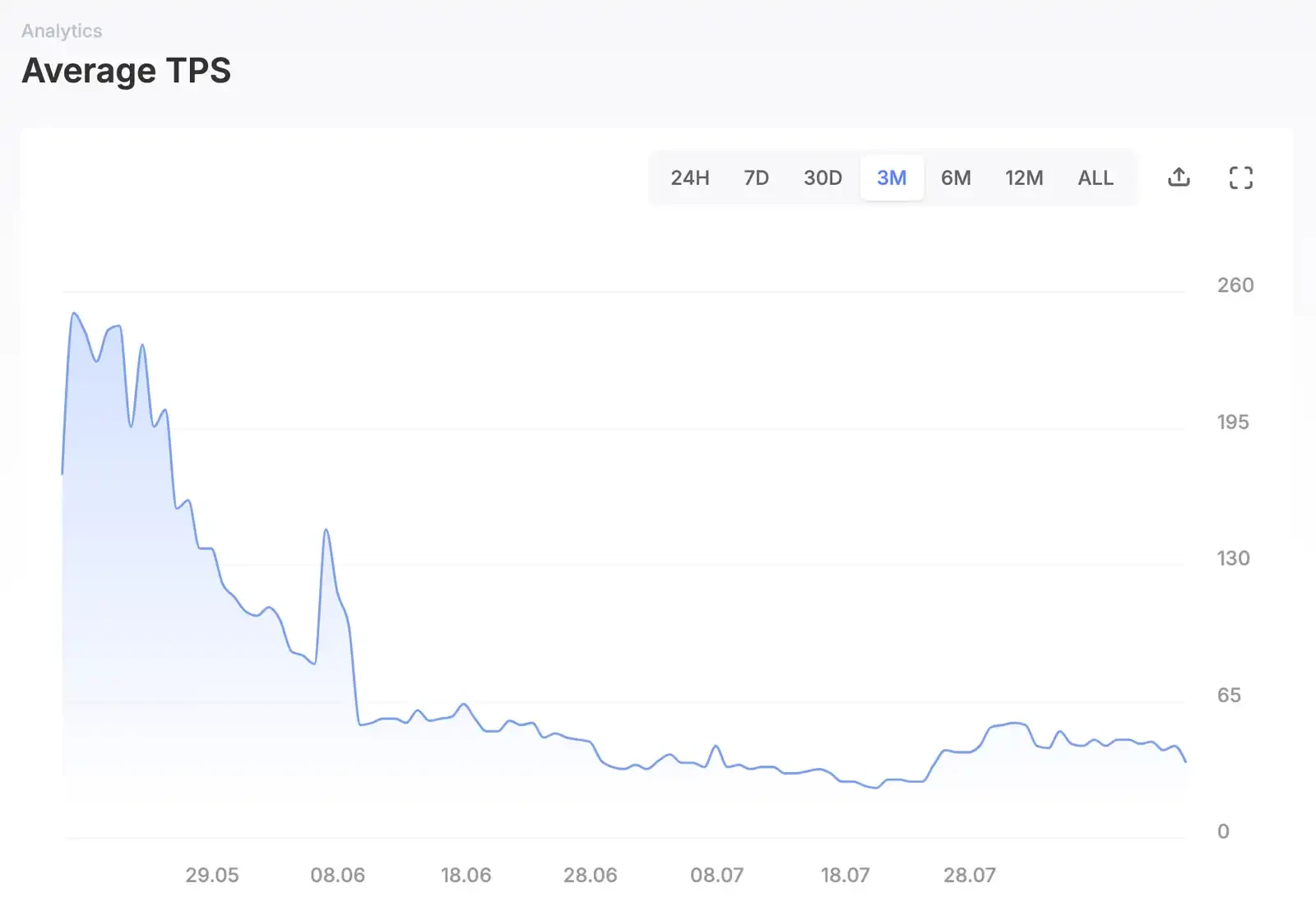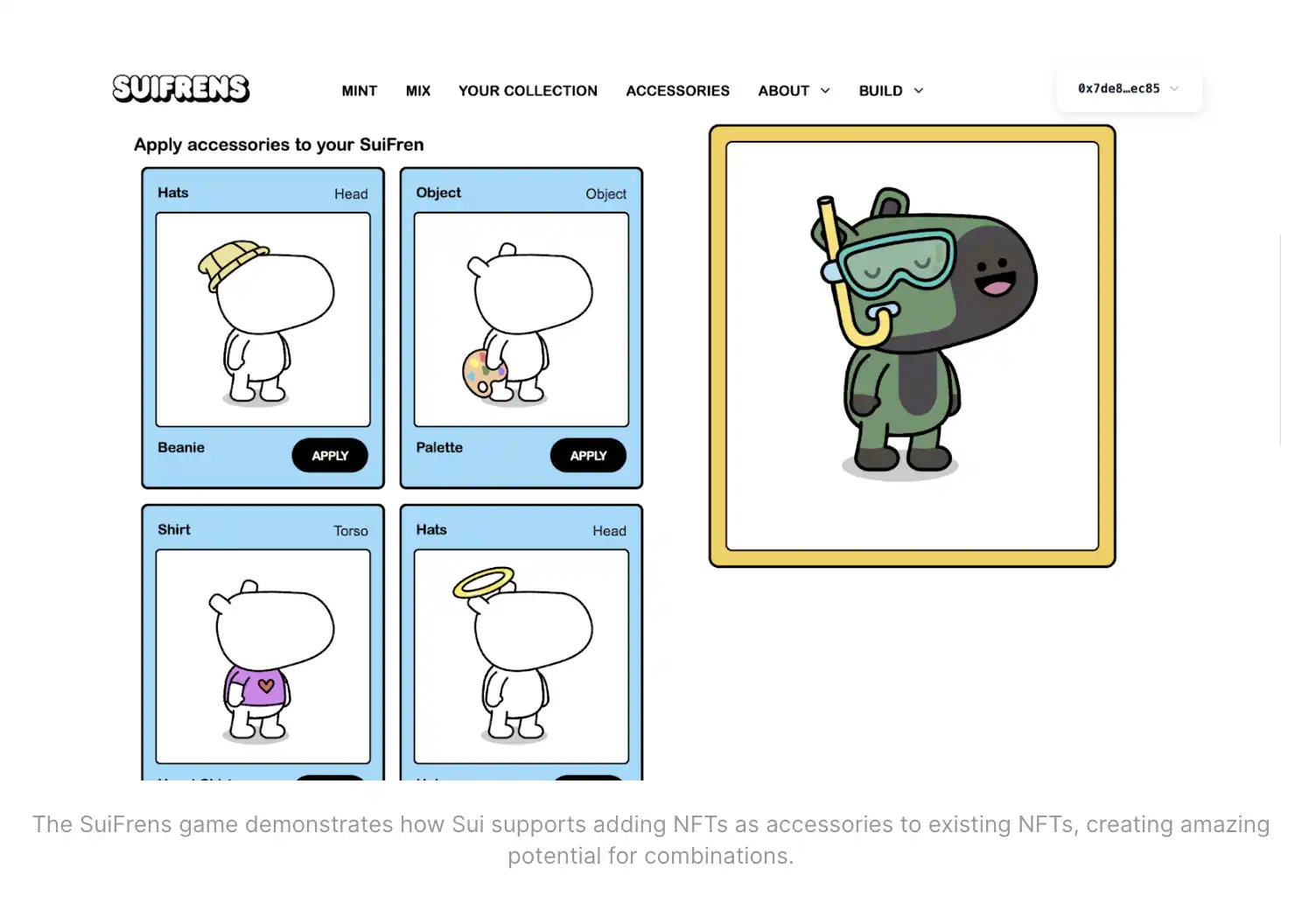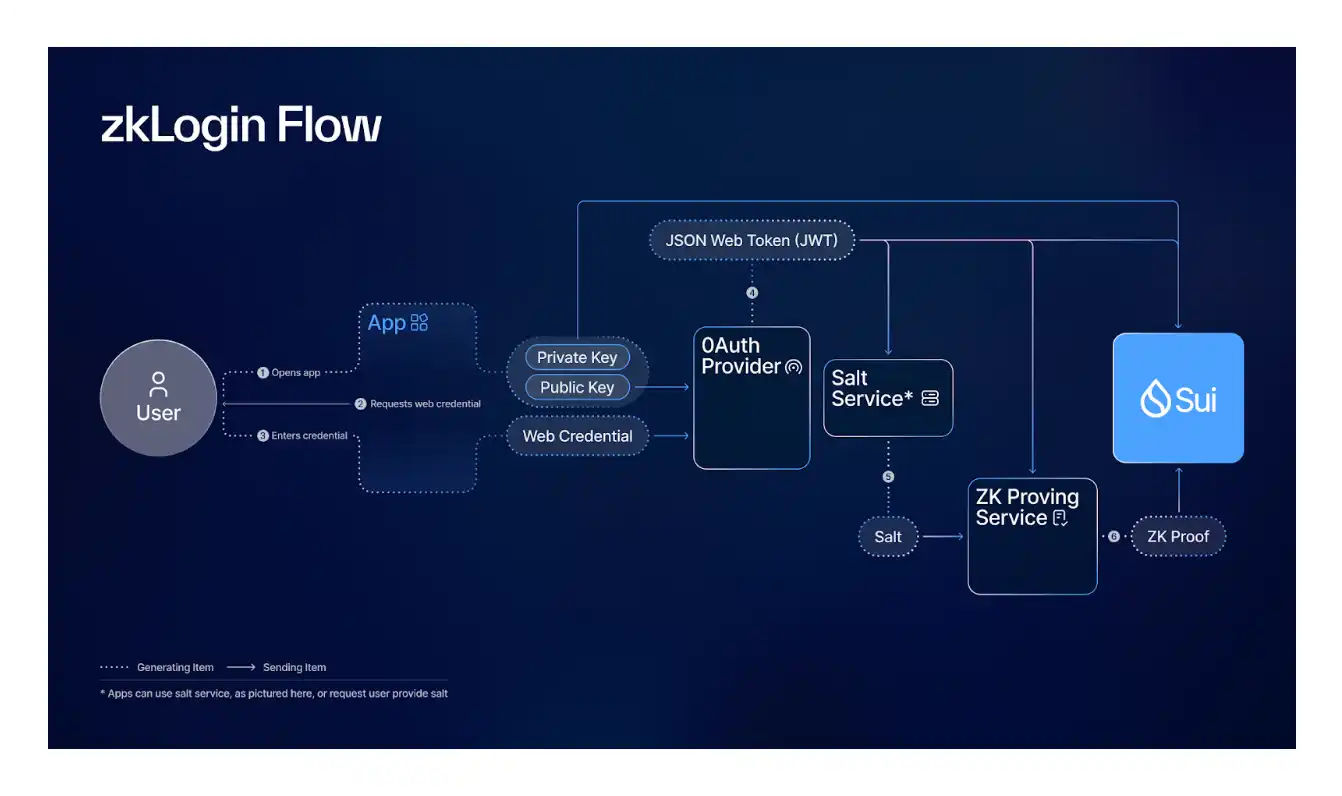Sui'nin temel teknolojisine derinlemesine bir bakış: Onu bu kadar benzersiz kılan şey nedir?
Orijinal yazar: David C, Bankless
Orijinal çeviri: Ismay, BlockBeats
Editors Note: This article explores Suis core technologies such as object-oriented data model, Sui Move programming language, network structure, and dynamic NFT standards, and introduces its zkLogin that simplifies user experience and DeepBook that provides reliable transaction infrastructure. Although Sui still faces many challenges in the face of the mature EVM ecosystem and other competitors, its unique innovation may win it a place in the highly competitive crypto market.
Few things generate more buzz in cryptocurrency than Layer 1 altcoins.
While these new chains always promise to be bigger, faster, and better than Ethereum, few can actually deliver on these huge promises. In this round of cycles, a group of new competitors have emerged, among which venture-backed Sui has received a lot of attention.
Sui, a spinoff of Facebooks defunct Diem project, raised $330 million from a16z, Coinbase, Jump and others and went live in May 2023. Since then, its total value locked has exceeded $600 million. Sui has also been a big hit in the crypto market this week, leading the way among alt-Layer 1s in the past week and month, with gains of 47% and 13%, respectively.
We鈥檝e discussed Sui before from a project perspective, but haven鈥檛 explored its technology in depth.
What鈥檚 unique about Sui鈥檚 technology?
Sui claims that its blockchain is backed by a number of unique elements. Let鈥檚 take a closer look at its object-oriented data model, Sui Move language, network structure, and dynamic NFT standards.
Object-oriented data model
Sui uses a unique object-oriented data model that organizes all data on the chain into unique objects that contain ownership, transaction history, and definition details, allowing efficient parallel processing of transactions involving different objects.
Unlike Ethereum, which tracks state through accounts and requires sequential processing, Suis approach aims to simplify overall state management on the chain, theoretically enhancing its scalability. While Solana also supports parallel processing, it also relies on an account model that requires careful conflict management. Suis object-oriented model aims to avoid these complexities, potentially making it simpler and more scalable.
Sui Move
Sui Move is a modification of Diems Move language, tailored for Suis object-oriented model with a focus on security. The language treats resources (such as tokens) as immutable, preventing copying or destruction and eliminating threats such as double spending or reentry attacks. On Sui, the system has built-in security measures such as the Move bytecode verifier, which checks the code before it is allowed on the chain.
Network structure
Suis object-oriented data model and consensus mechanism are designed to enable it to process large volumes of transactions quickly and efficiently. Instead of batching transactions together, Suis validation nodes process each transaction individually and in parallel. Different transactions involving different objects can be processed simultaneously without waiting for blocks to fill. Since transactions do not need to wait for each other, this feature theoretically allows Sui to process hundreds of thousands of transactions per second, although its average TPS over the past 30 days is only 36.
Dynamic NFT Standard
Sui developed an NFT standard that supports dynamic usage by default.
Like all Sui data, NFTs are treated as objects, which enables them to change behavior over time. This also supports composability, allowing NFTs to be combined with other assets into more complex assets after creation, or updated with new properties. For example, an NFT ticket could be updated to show that it has been used, or a work of art could be modified over time. These standards may be attractive to NFT creators, as Sui also supports automatic royalty payments, ensuring that the original creator receives a percentage of future sales directly through the blockchain rather than an external platform.
Other Sui Features
Sui also likes to tout its out-of-the-box solutions, such as zkLogin and DeepBook, which aim to simplify user authentication and lower the barrier to entry for building DeFi on-chain.
zkLogin
zkLogin simplifies on-chain access by allowing users to log in to Sui-based applications using familiar Web2 credentials (such as Google or Twitch), eliminating the need to set up a classic wallet. Although this may seem contrary to the idea of cryptographic privacy, zkLogin uses zero-knowledge proofs to securely link Web2 credentials to Sui addresses.
DeepBook
DeepBook is an open source central limit order book (CLOB) that serves as a shared liquidity layer within the Sui ecosystem. By providing reliable trading infrastructure for DeFi, DeepBook allows developers to focus on building new features without having to manage underlying trading logic or launch their own liquidity pools. With DeepBook, each asset has its own independent liquidity pool, preventing interference between trading pairs and ensuring smoother and faster transaction processing.
Özetle
Although Sui faces challenges in convincing users to abandon EVM or choose it over other alt-L1s with deeper DeFi liquidity (such as Solana), the market is always willing to give a new network a fair chance. However, with the emergence of high-performance EVM chains such as Monad and MegaETH, the competition is becoming more and more fierce, and the road ahead may be more difficult for alt-L1s with a lot of private funding.
Overall, Sui may indeed bring some unique advancements to the crypto space. We鈥檒l leave it to you to judge whether the above characteristics are enough to allow Sui to take a step further in this already very crowded field.
This article is sourced from the internet: A deep dive into Sui鈥檚 core technology: What鈥檚 so unique about it?
This article comes from IOSG founding partner Jocy Lin (@JinzhouLin) I just happened to see the story of Heavens Movement of Power recently. The Hundred Days Reform is still vivid in my mind. It is hard to imagine that in the Qing Dynasty, there were still some young people willing to follow Emperor Guangxu at the risk of being beheaded, advocating the new law that was hundreds of years ahead of the times within the dynasty, learning from the barbarians to control the barbarians, and advocating learning Western reform laws regardless of their personal safety. Although the final result failed, their spirit and actions left a strong mark. Such young people and pioneers have become role models for future generations to admire. The spirit of these young people is equally…











